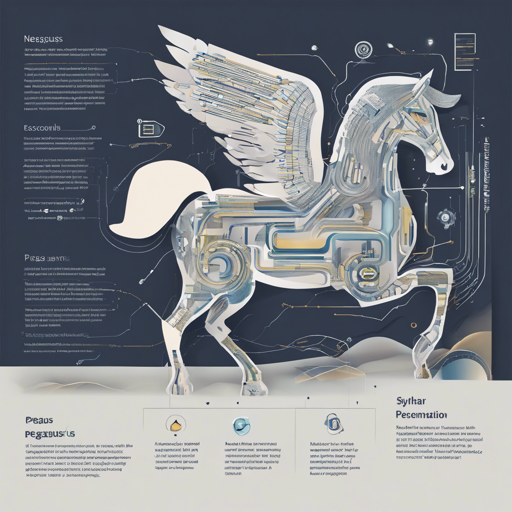In this blog post, we will explore how to effectively leverage the PEGASUS model for summarization tasks, specifically focusing on its performance across various datasets. PEGASUS is recognized for its ability to extract meaningful summaries from large bodies of text, making it a valuable tool for anyone looking to condense information efficiently.
Understanding the PEGASUS Model
The PEGASUS model is like a skilled librarian who, instead of reading every single book on the shelf, picks out the most important chapters that offer the essence of the storyline. In this case, the “books” are extensive documents, and the “chapters” are concise summaries generated by the model. With PEGASUS, you can quickly get an overview of any content without delving into every detail.
Key Metrics for Summarization
When evaluating the performance of PEGASUS, we pay attention to various metrics that indicate its summarization quality. Here’s a breakdown of some crucial metrics:
- ROUGE-1: Measures the overlap of unigrams (single words) between generated and reference summaries.
- ROUGE-2: Measures the overlap of bigrams (two consecutive words).
- ROUGE-L: Evaluates the longest common subsequence between the generated summary and the reference.
- Loss: Indicates the difference between predicted and actual results; lower values signify better performance.
- Gen Length: The average length of generated summaries, which is also important to consider in context.
Setting Up the Environment
Before we dive into using PEGASUS for summarization, ensure you have the necessary environment set up:
- Install the Hugging Face Transformers library.
- Set up pre-trained PEGASUS models based on your summarization dataset needs.
- Utilize the Python programming environment for executing your NLP tasks.
Example Code to Use PEGASUS
Let’s take a look at a typical implementation of the PEGASUS model:
from transformers import PegasusForConditionalGeneration, PegasusTokenizer
model_name = "google/pegasus-xsum"
tokenizer = PegasusTokenizer.from_pretrained(model_name)
model = PegasusForConditionalGeneration.from_pretrained(model_name)
text = "Your long text goes here..."
inputs = tokenizer(text, return_tensors="pt", max_length=1024, truncation=True)
summary_ids = model.generate(inputs['input_ids'], max_length=60, num_beams=5, early_stopping=True)
summary = tokenizer.decode(summary_ids[0], skip_special_tokens=True)
print("Summary:", summary)
Troubleshooting Common Issues
While working with the PEGASUS model, you might encounter some hiccups. Here are troubleshooting steps to guide you:
- If your summaries aren’t coherent, ensure your input text is clear and appropriately formatted.
- In case of out-of-memory errors, reduce the input text length or batch size during processing.
- If you’re getting unexpectedly brief summaries, adjust the
max_lengthparameter in thegeneratemethod to allow for longer outputs.
For more insights, updates, or to collaborate on AI development projects, stay connected with fxis.ai.
Final Thoughts
The updates to the model, such as training on datasets like C4 and HugeNews, contribute significantly to its summarization capability. With a strategic approach to configuring the PEGASUS model, you can enhance your summarization tasks and derive meaningful insights from voluminous texts.
At fxis.ai, we believe that such advancements are crucial for the future of AI, as they enable more comprehensive and effective solutions. Our team is continually exploring new methodologies to push the envelope in artificial intelligence, ensuring that our clients benefit from the latest technological innovations.

